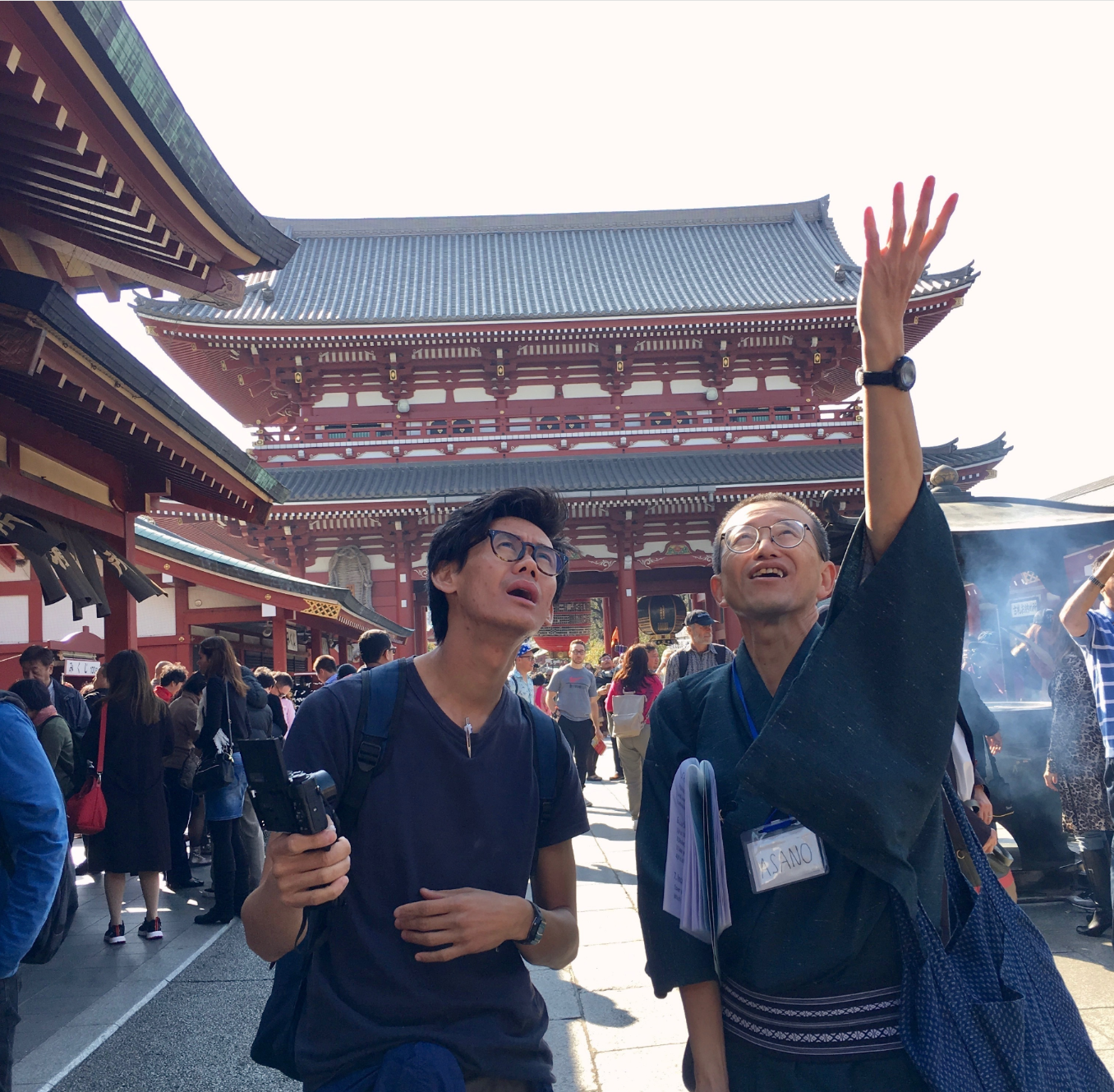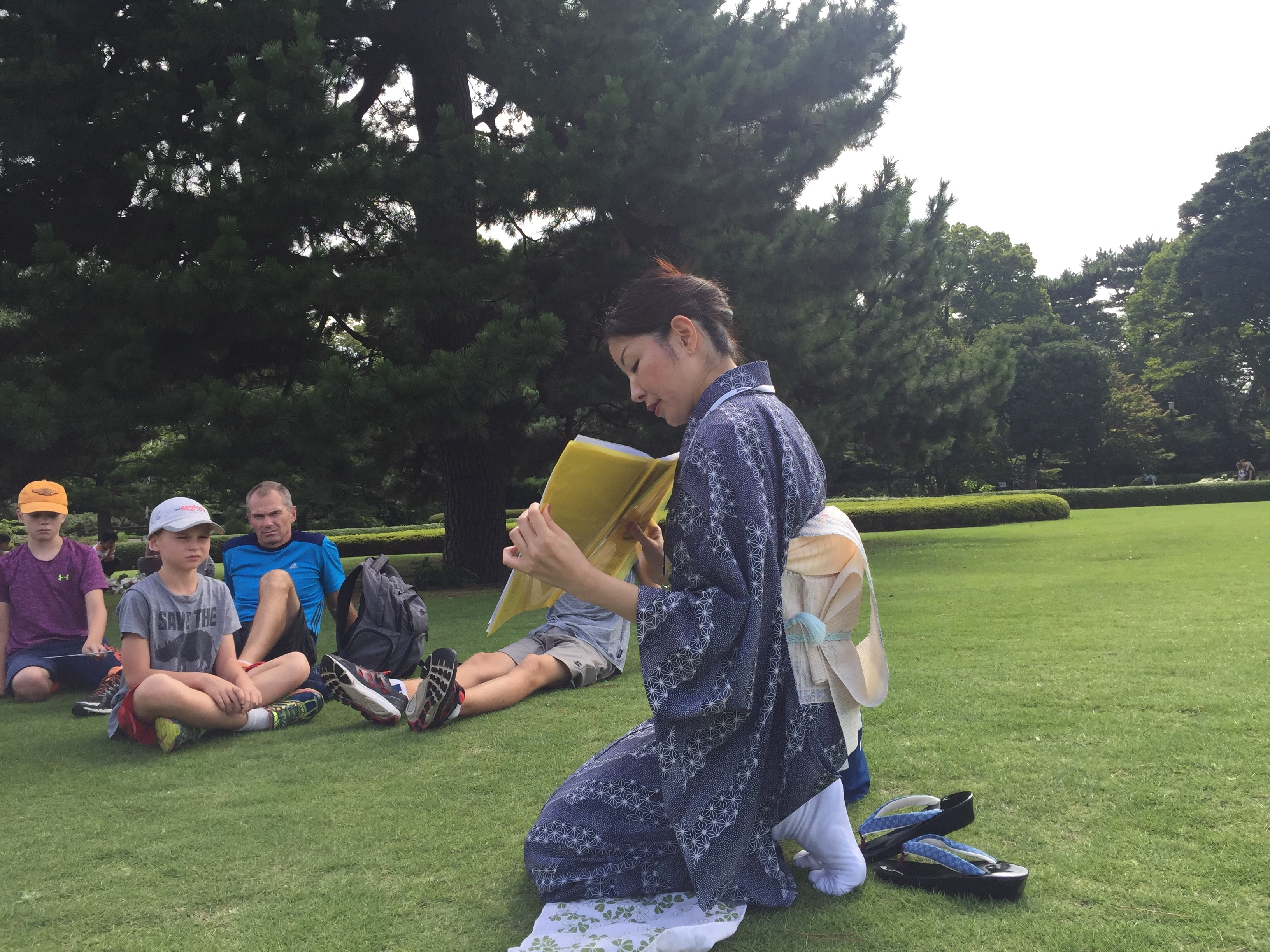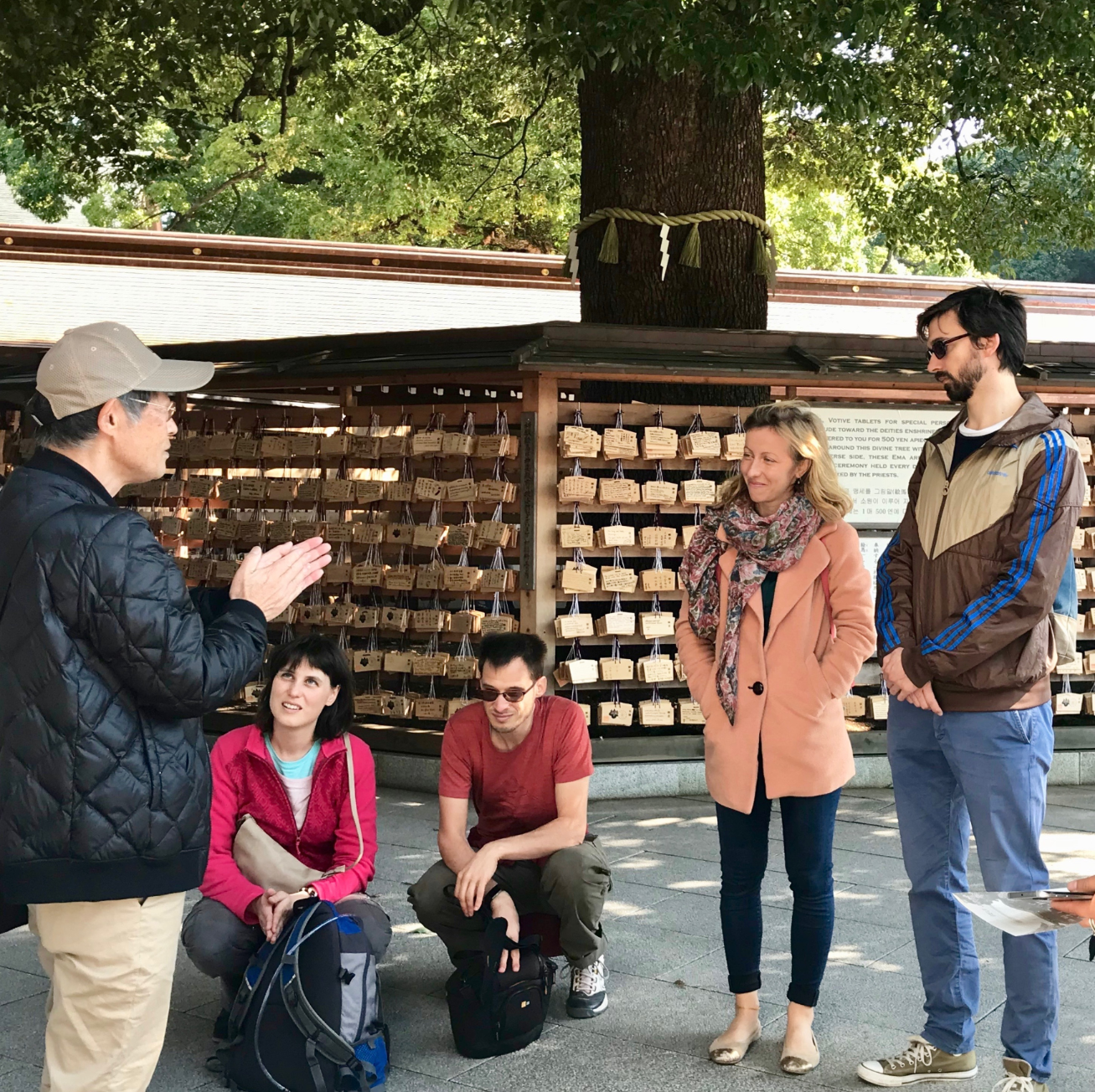 Asakusa
Asakusa Tour Report on January 28, 2018 in Asakusa
Thank you for joining our tour in Asakusa on January 28. We had seven guests from Singapore,Chile,America and China. It was cloudy and cold, but nevertheless I hope all of you enjoyed the atmosphere of old Tokyo. February 3 is Setsubun,literally splitting the season when Mamemaki or bean-throwing festival is held at Sensoji Temple. It is the day before the first day of spring. Actually it is New Year's Eve according to the Old calendar system. On this day people throw beans to ward off demons an...


